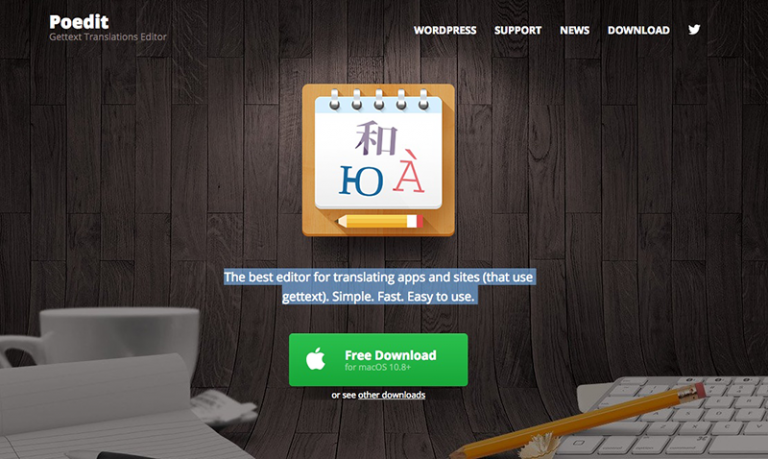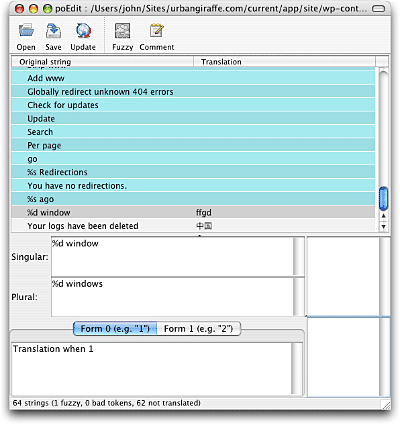
When a theme is provided with i18n features, it’s called translation-ready, but it doesn’t mean it’s already translated. I18n is a process in which theme developers add features to their themes that make later translation possible.

I18n (internationalization) and l10n (localization) represent the two sides of the same coin. Making a theme accessible in other languages requires 2 key steps: internationalization and localization. Localizing the theme can be extremely useful for clients who use the admin area in their own native language, otherwise a significant part of their admin settings (the settings under the “Appearance” menu) will be displayed in English, while the other parts of the dashboard in their native language. It’s already translated to many foreign languages that makes WordPress a truly global content management system. The WordPress Core Team puts a huge emphasis on the translation of WordPress Core. Localizing the theme doesn’t mean you translate the content on the frontend such as posts and pages instead, it refers to the theme-related content in the admin area: the theme’s description, options, and the customizer.

If you develop a WordPress site that may have users from non-English speaking countries, it can be necessary to translate the theme. Allowing clients to manage their websites in their native languages is an important aspect of accessibility.


 0 kommentar(er)
0 kommentar(er)
